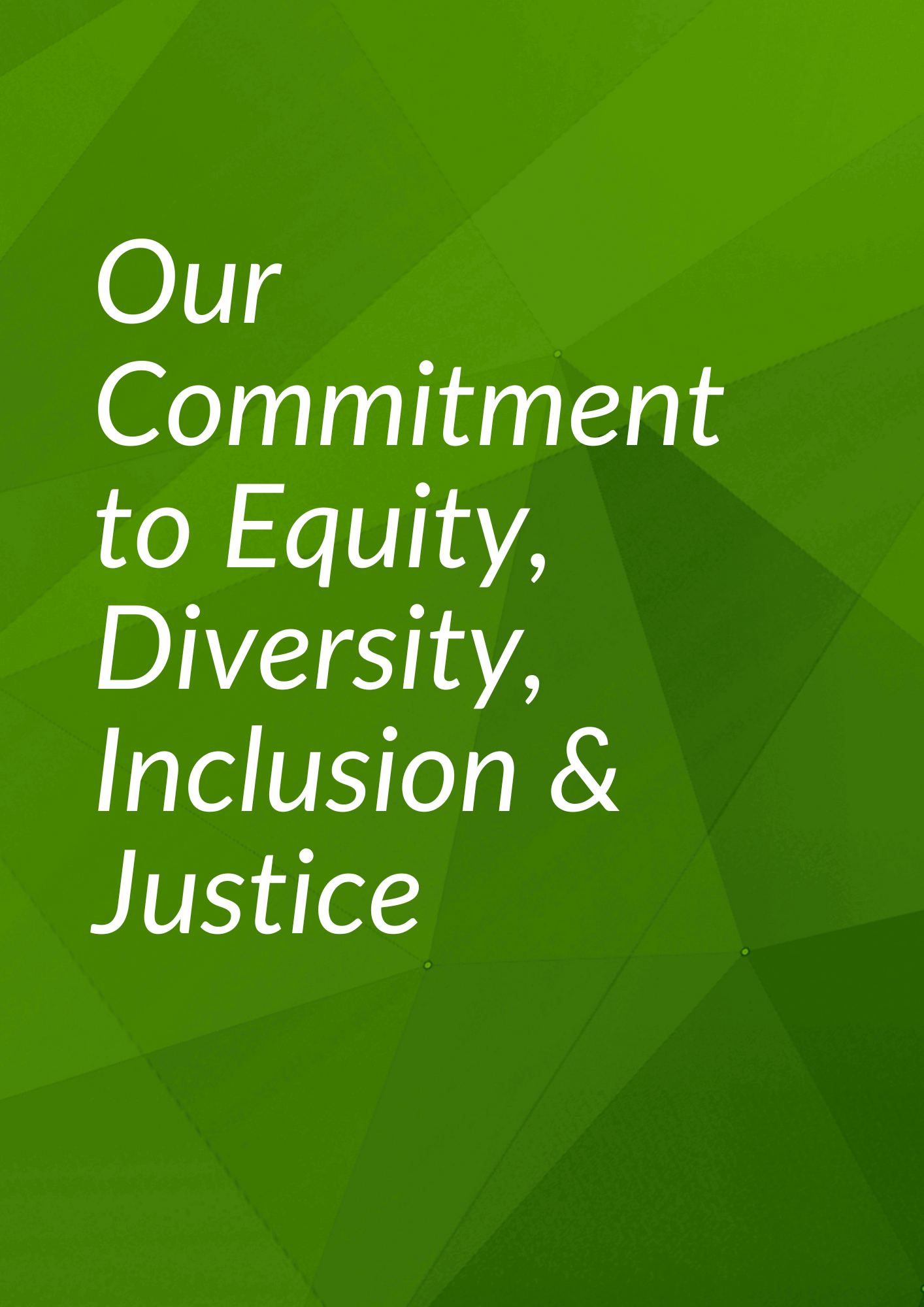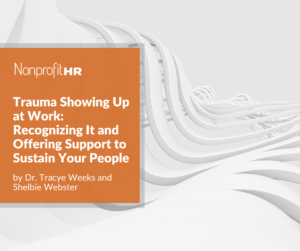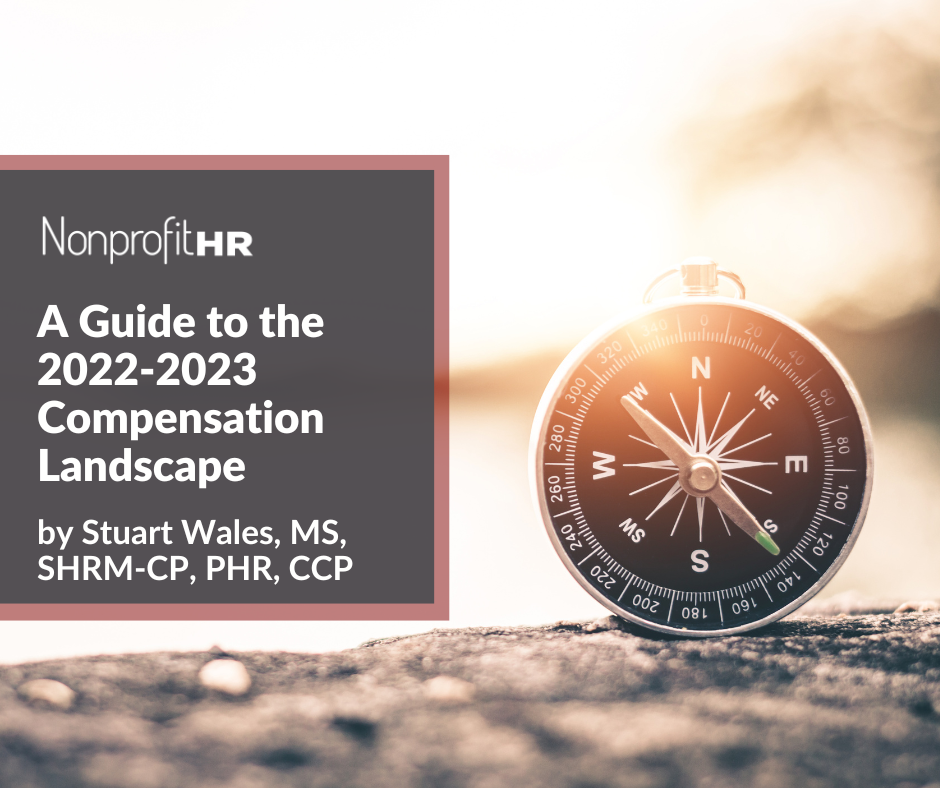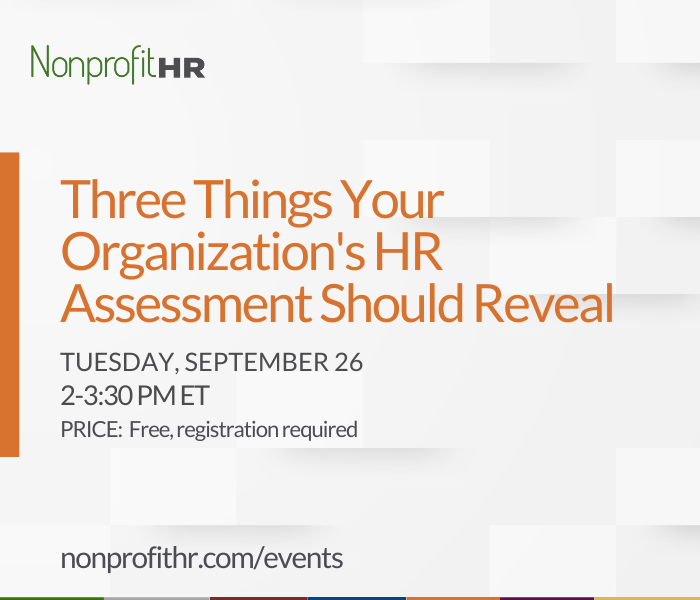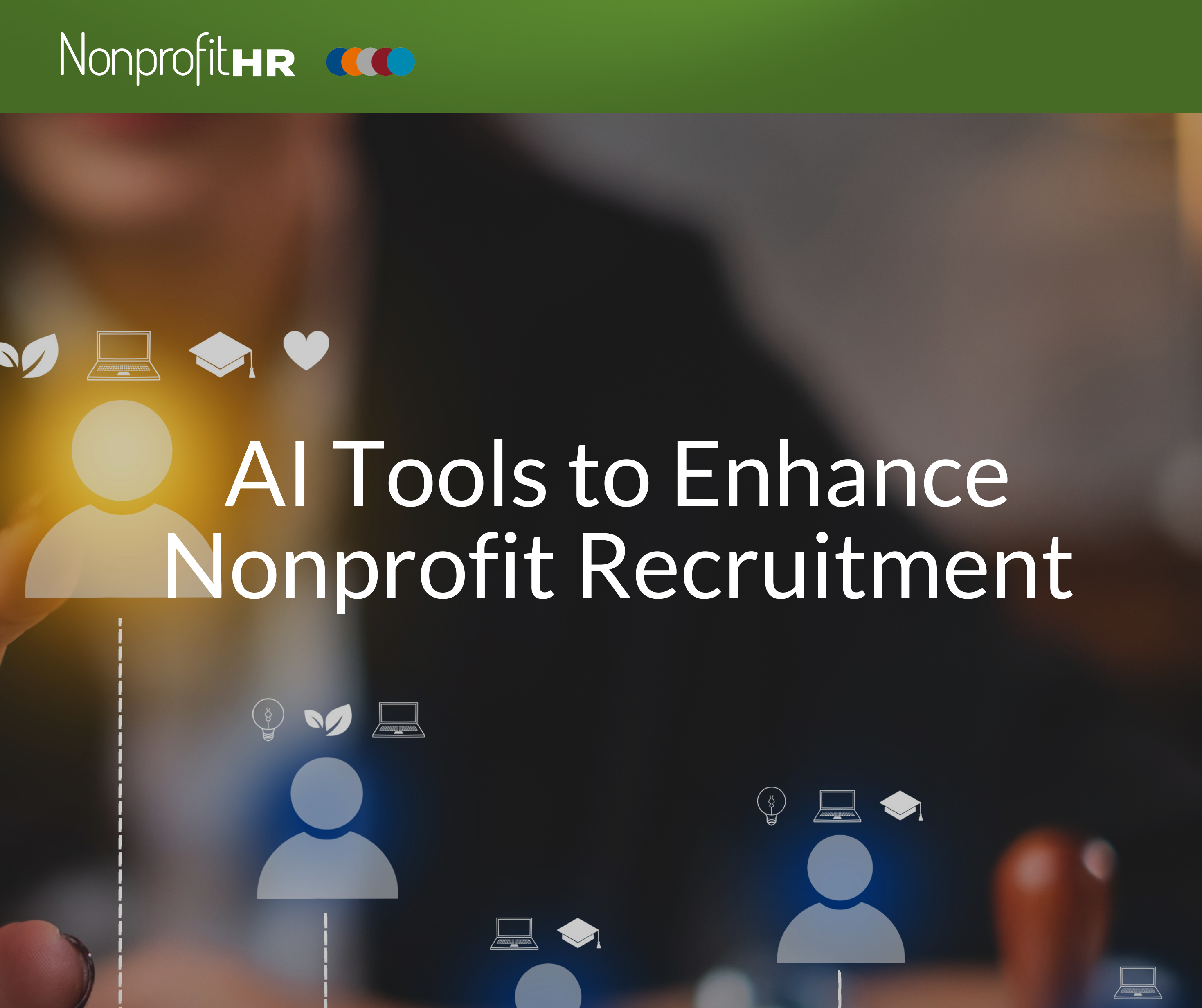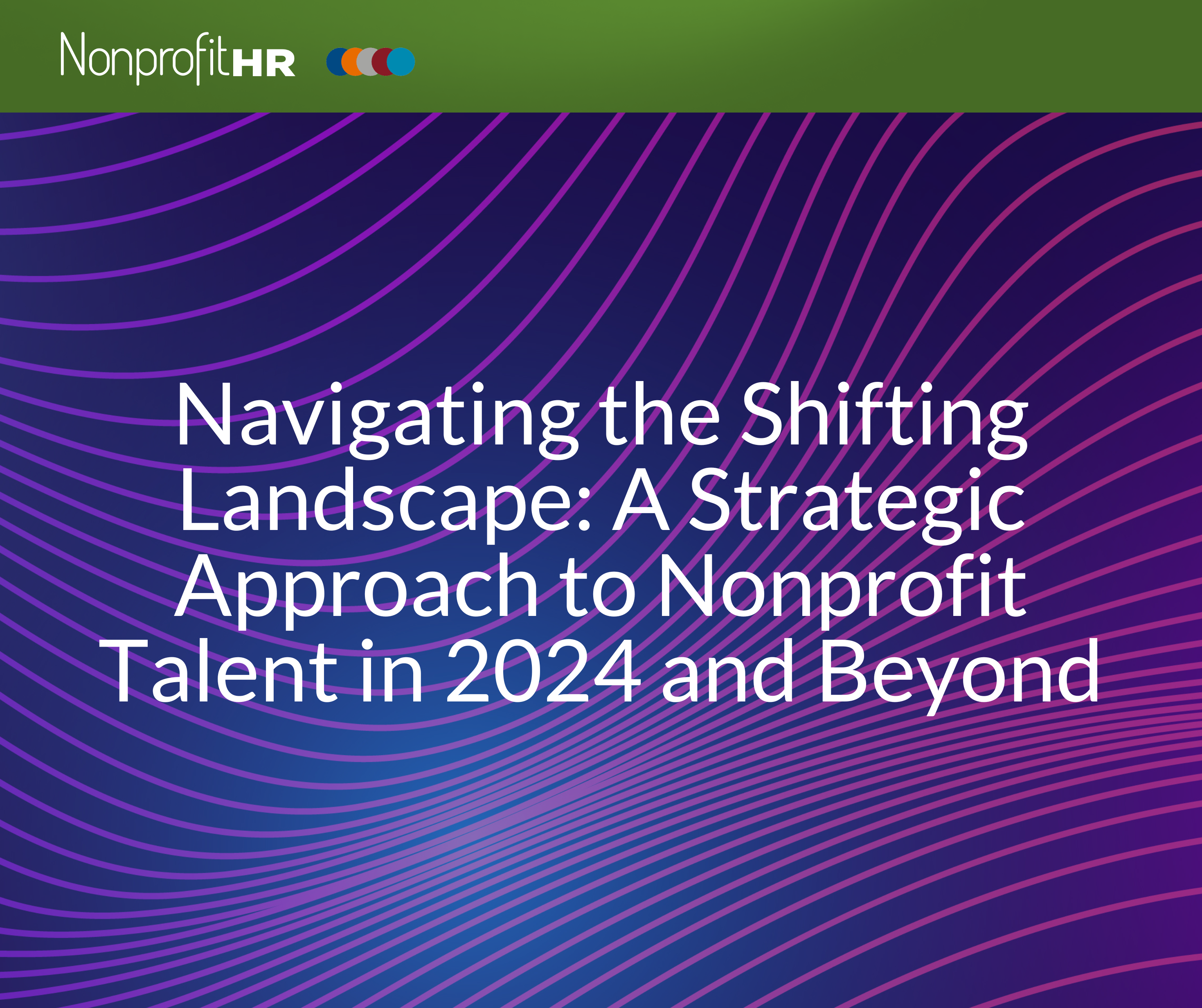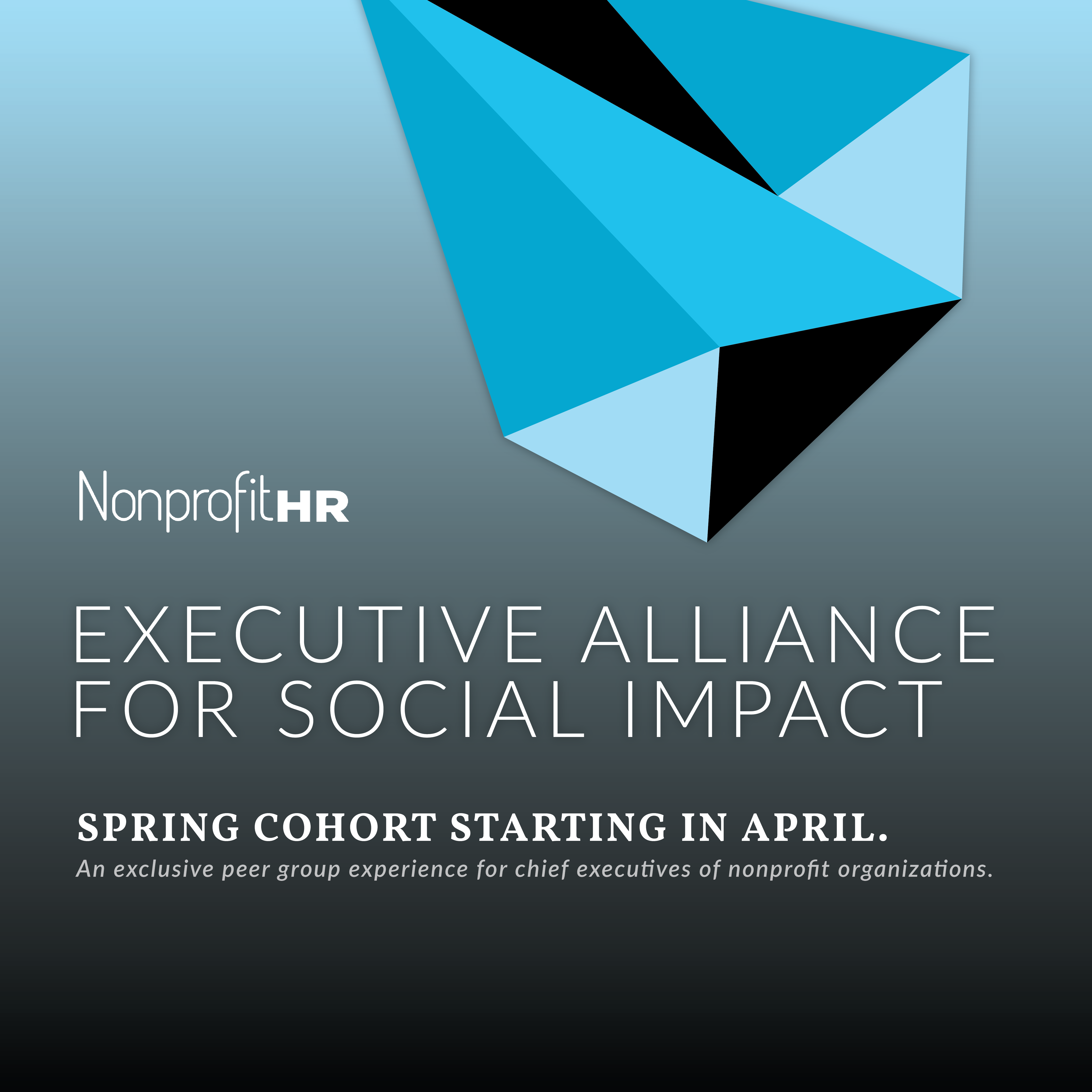WTOP: 5 ways nonprofits can…
The nonprofit sector has always thrived on its ability to adapt, innovate and shift in response to changing demands from government, private sector and the public and in support of social good. The conversation around Artificial Intelligence (AI) is presenting unprecedented opportunities for nonprofit leaders to revolutionize their operations in support of stronger, and in some cases, real-time mission impact.
As a CEO, understanding how to leverage AI can elevate your workforce’s productivity, improve employee experience and enhance overall workforce effectiveness. If you are thinking this topic requires you to be an AI expert, it does not. What it does require is curiosity, bravery and a laser-focus on outcomes. AI is already being used within our organizations, and perhaps in ways we don’t know.
There are some key considerations we believe leaders should be examining at this pivotal time and that can help you find, elevate and amplify essential opportunities to innovate through generative AI.
Most importantly, an intentional approach to AI strategy implementation doesn’t mean sidelining the human touch — the core of our sector. It also does not mean being an AI expert, especially for those who may not feel confident about their technology skills. What it does mean is understanding how the power of AI on organizational impact, when thoughtfully and strategically deployed, can exponentially transform strategic outcomes in ways never before imagined.
Boosting Productivity with AI
- Automation of Routine Tasks: Tasks like data entry, scheduling and basic reporting can be time-consuming. By automating these tasks, your staff can focus on more mission-centric activities, leading to a significant boost in overall productivity.
- Enhanced Decision-Making: AI-driven data analytics can provide insights into donor behaviors, program effectiveness, and even predict future funding opportunities. This allows for strategic, data-informed decisions.
- Streamlined Communication: Chatbots and AI-driven communication tools can handle routine queries from stakeholders, freeing up time for your staff to handle more complex interactions.
Improving Employee Experience
- Personalized Training: AI can analyze an employee’s performance and learning style to curate individualized training programs, fostering continuous personal and professional growth.
- Work-Life Balance: AI-driven scheduling tools can ensure optimal workload distribution, promoting a better work-life balance, reducing burnouts, and improving overall job satisfaction.
- Feedback and Recognition: AI tools can track achievements and milestones, providing timely recognition and feedback, which is crucial for morale and motivation.
Enhancing Job Effectiveness
- Task Optimization: AI can analyze workflows and suggest optimal processes, ensuring that each task is done efficiently and effectively.
- Predictive Analysis: By predicting trends, whether in fundraising or program needs, teams can proactively strategize, leading to enhanced results.
- Resource Allocation: AI can forecast where resources, both human and material, will be most impactful, ensuring optimal deployment.
Centering the Human Experience
Despite these technological advancements, the essence of the nonprofit sector lies in its human touch. Here’s how to ensure that AI integration doesn’t overshadow the human experience:
- Continuous Dialogue: Regularly engage with your board of directors, volunteers, funders, donors, and staff about AI‘s role and their concerns. Open communication builds trust and ensures everyone’s on board.
- Ethical AI Deployment: Ensure that AI solutions are ethically developed and deployed. This not only mitigates biases but also upholds the sector’s values.
- Human-AI Collaboration: Instead of replacing humans, focus on how AI can assist. For instance, in decision-making, let AI provide insights, but let the final decision lie with human judgment.
- Prioritize Training and Adaptation: As you integrate AI, ensure there are ample training opportunities. This empowers your team, ensuring they view AI as a tool rather than a threat.
- Emphasize Mission Over Machines: Always remind your stakeholders that while AI is a tool, the mission and vision of your nonprofit are driven by human passion, dedication and empathy.
In conclusion, the potential of AI in the nonprofit sector is vast and incredibly exciting, but it’s crucial to approach it with a balanced, strategic and intentional perspective. By strategically leveraging AI, nonprofit CEOs can drive productivity and effectiveness to new heights, all while ensuring the human spirit remains at the heart of their mission. Let’s embark on this journey together, leveraging AI not just as a technological advancement but as a catalyst for transformative change in our talent management pursuits.
Lisa Brown Alexander
Founder & CEO
Nonprofit HR






